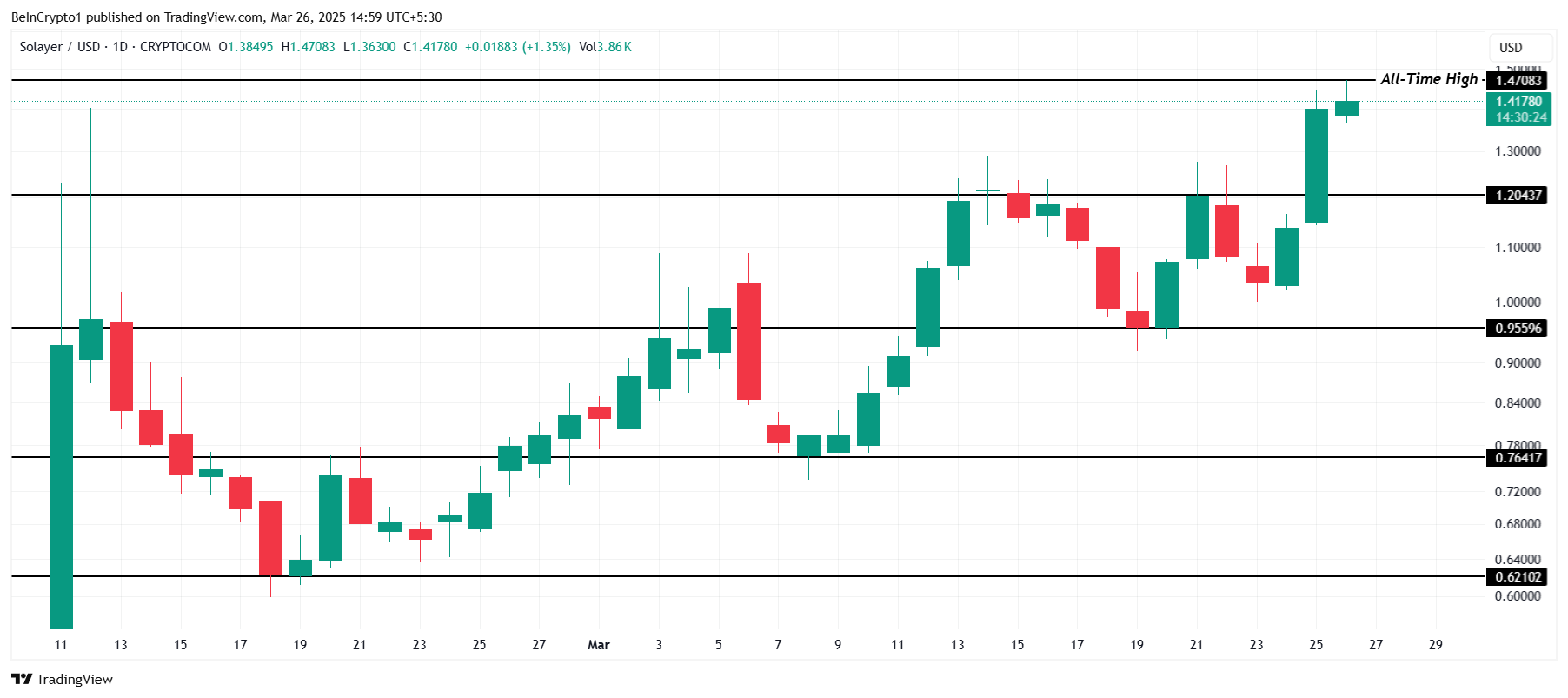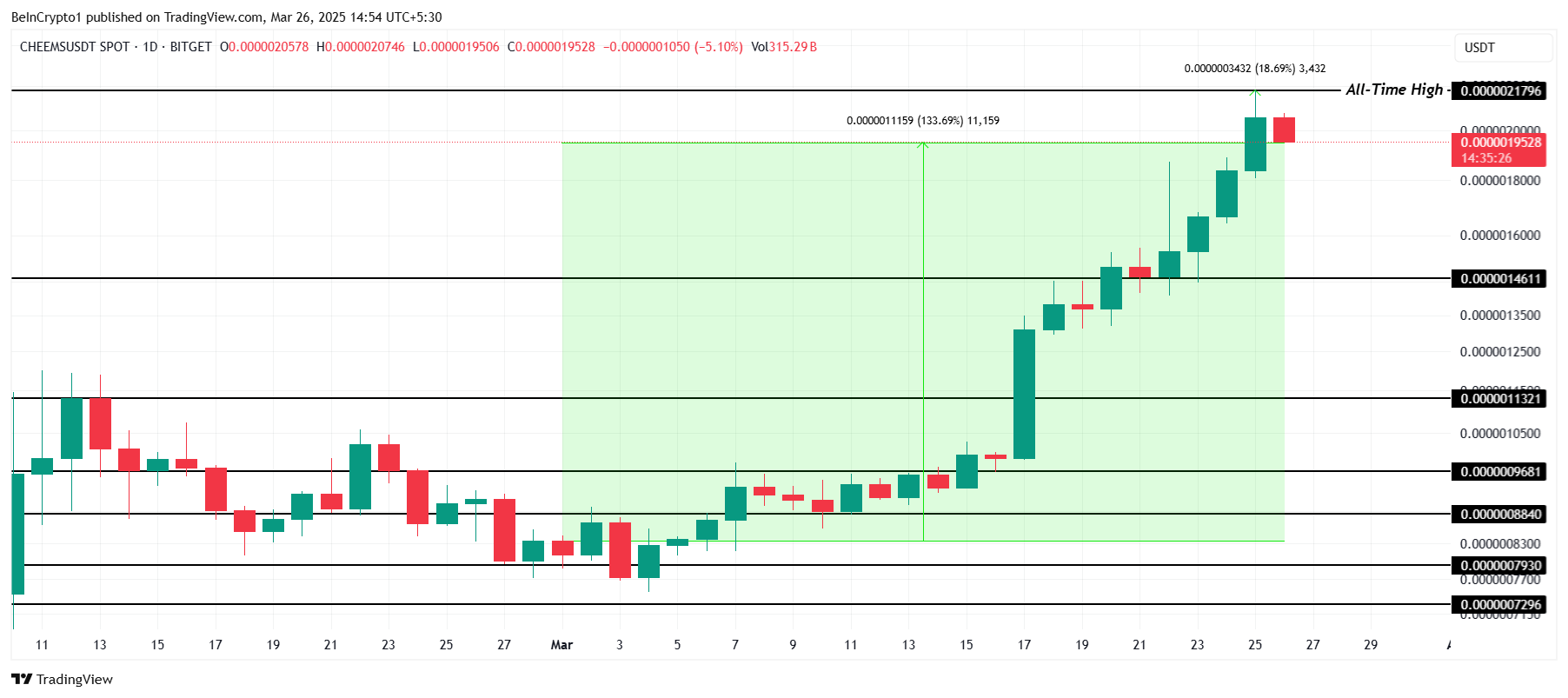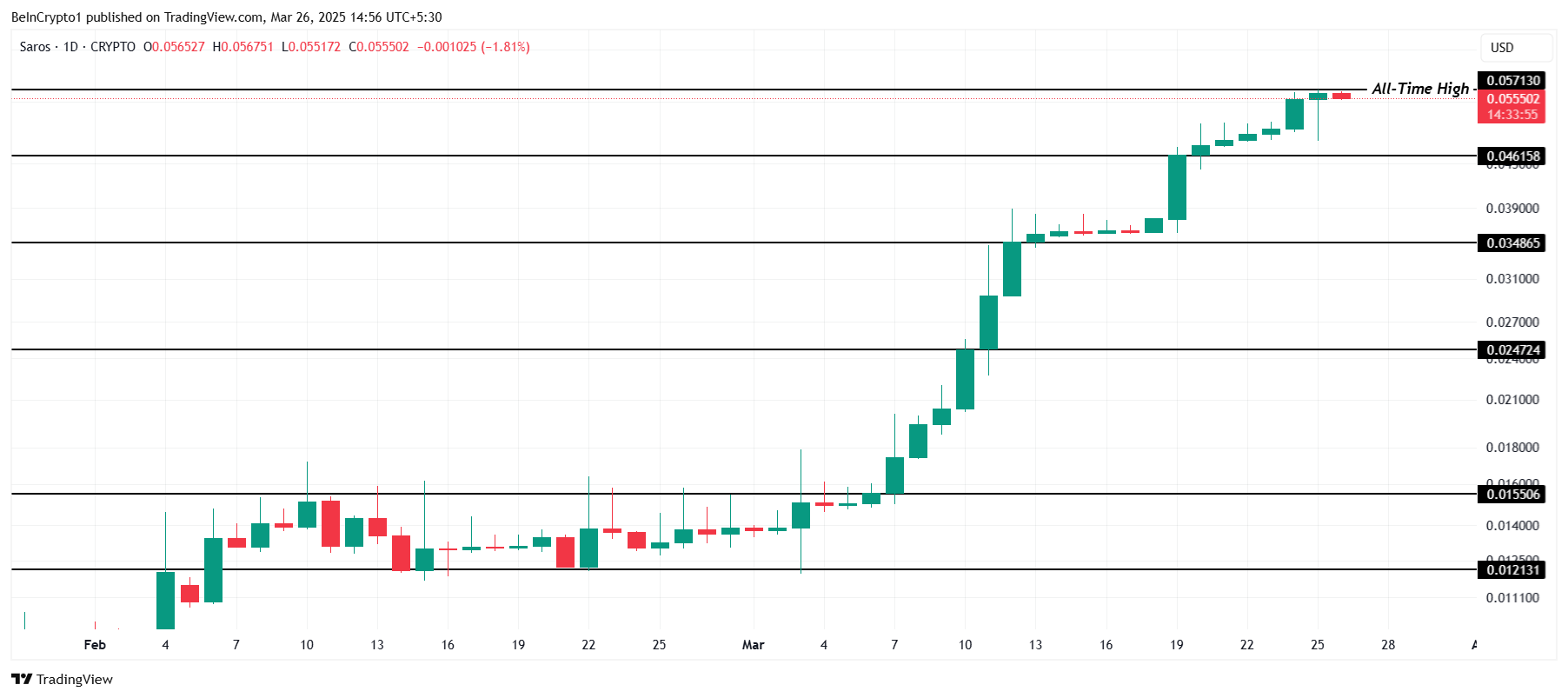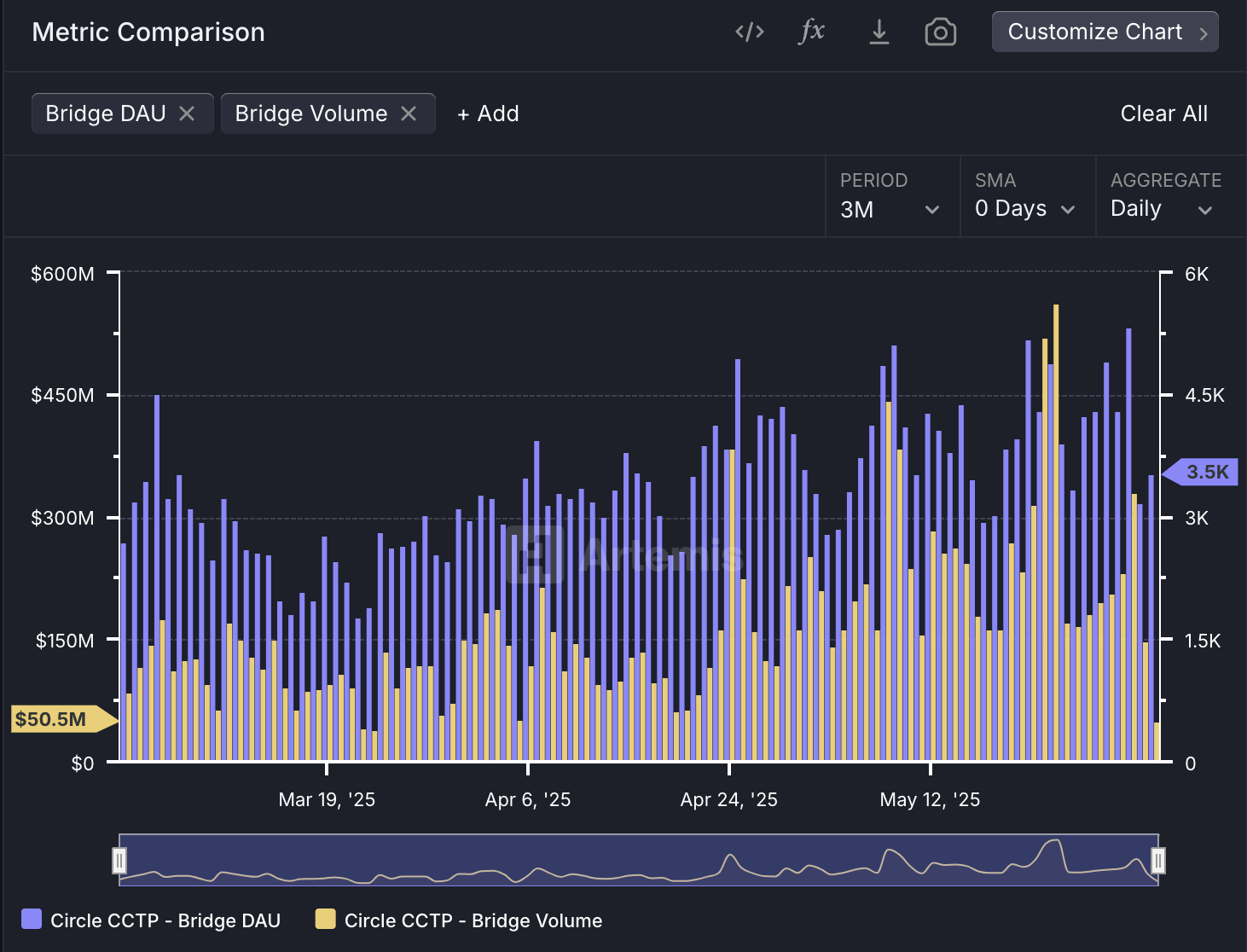The Bank of Japan (BOJ) is signaling its commitment to combating inflation with more aggressive monetary tightening. Governor Kazuo Ueda has reaffirmed the central bank’s stance on potential interest rate hikes, sending shockwaves through the financial markets.
In a recent statement, Ueda emphasized that the BOJ remains prepared to adjust its monetary policy stance if economic conditions warrant. His comments sparked a rally in the Japanese yen against the US dollar, with the currency appreciating significantly during Tokyo trading.
The BOJ’s latest stance marks a departure from its historically loose monetary policy. The central bank has already implemented several rate hikes, including a significant increase in July. These moves aim to address rising inflation rates, which have exceeded the BOJ’s target of 2%.
While the BOJ’s actions have been met with some concerns about their impact on the economy, Governor Ueda has assured investors that the central bank is closely monitoring financial markets. He has emphasized the importance of maintaining stability and avoiding excessive volatility.
The BOJ’s tightening measures have also had implications for the yen carry trade, a popular investment strategy that involves borrowing yen at low interest rates and investing the proceeds in higher-yielding assets. As the yen has strengthened, the attractiveness of this trade has diminished, leading to a decline in its popularity.
However, there may be opportunities for investors in the yuan carry trade. This strategy involves borrowing yuan and investing in higher-yielding assets, and it is less susceptible to the volatility associated with the yen carry trade. According to the Royal Bank of Canada, the yuan carry trade could be a more resilient option given China’s dovish monetary policy.
Also Read: Bitcoin Boom Bust: JPMorgan Predicts 15% Drop in Miner Prices Amid Rising Network Hashrate
As the BOJ continues to navigate the challenges of inflation and economic growth, its decisions will have a significant impact on global financial markets. Investors will be closely watching the central bank’s future moves for clues about the direction of interest rates and the yen.











